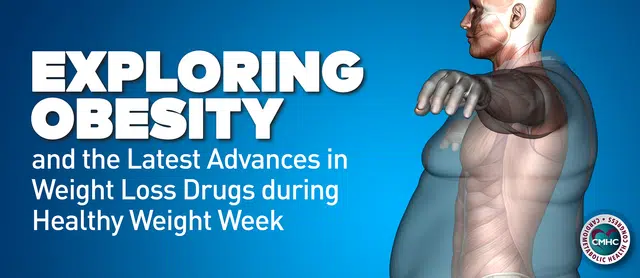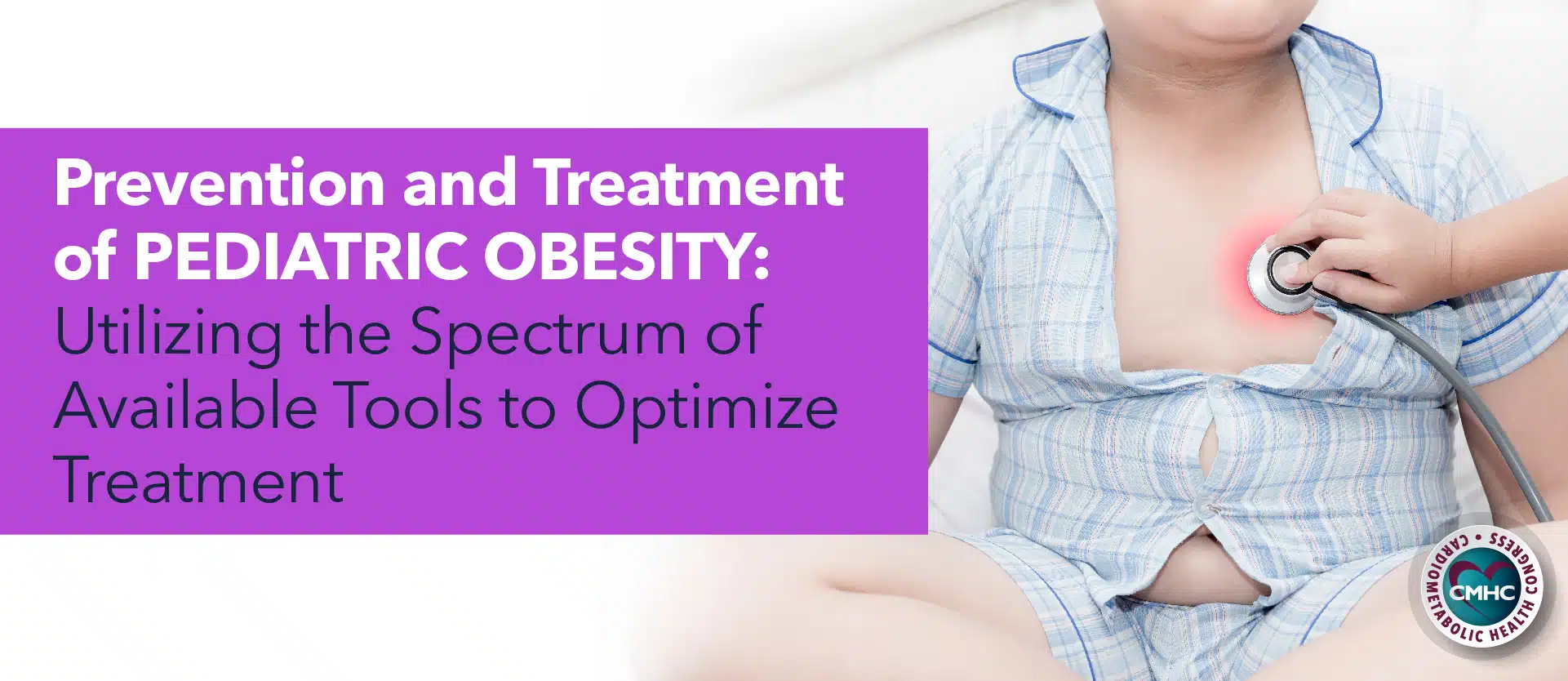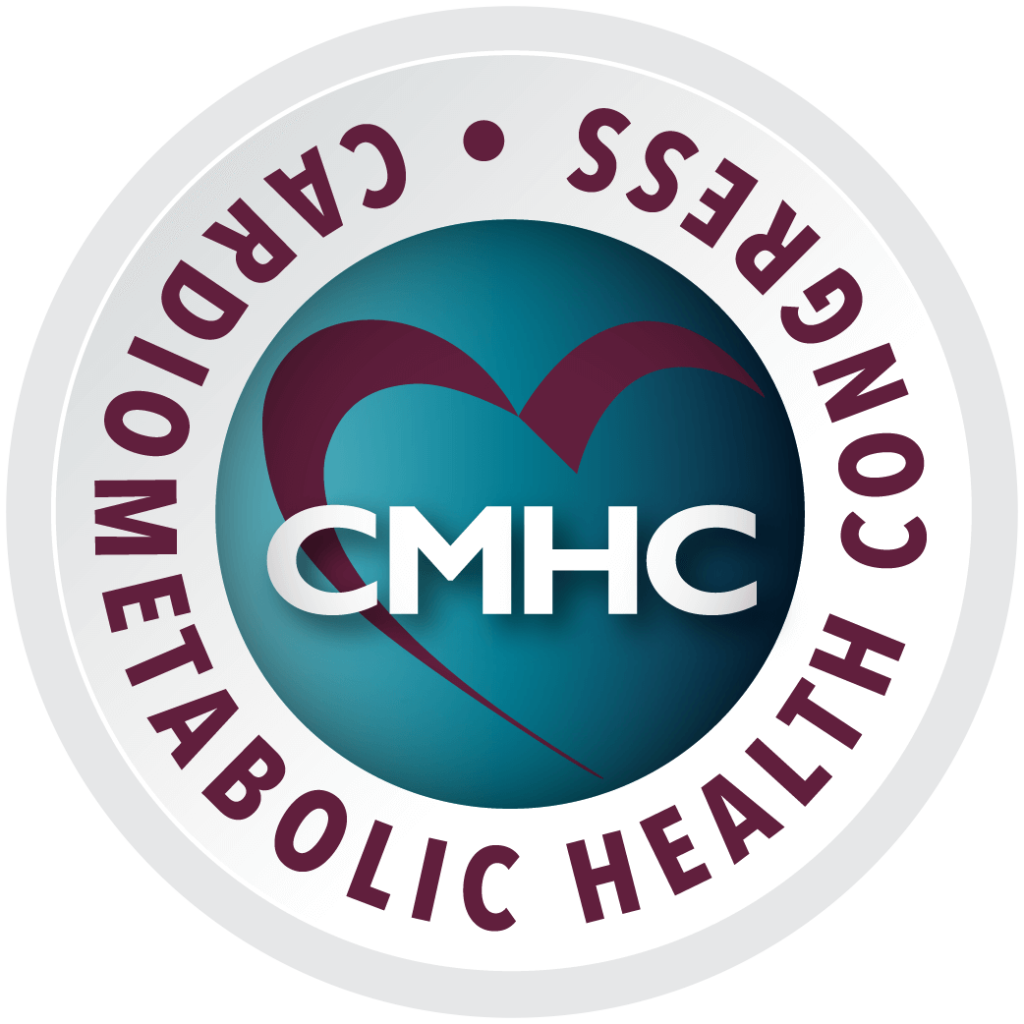 A host of studies have confirmed the correlation between childhood obesity and adult cardiovascular disease, illustrating the consequences of obesity during childhood.
A host of studies have confirmed the correlation between childhood obesity and adult cardiovascular disease, illustrating the consequences of obesity during childhood.
Because obese and overweight children are more likely to become obese adults than those who were not obese as children, they face an increased risk of developing chronic diseases such as CVD, type II diabetes, and certain cancers. Accelerated BMI (body mass index) in children puts children at the highest risk for cardiovascular disease in adulthood.
Therefore, it is critical to trace the growth of children in order to detect and prevent elevated and accelerated BMI gains during early development periods. There are pragmatic measures that parents can take to ensure that their children prevent the onset of heart disease, and lessen risk factors. Identifying opportunities to promote physical activity and a healthy diet will potentially limit the development of risk factors associated with CVD in adults, namely hypertension, high cholesterol, hyperglycemia, and being overweight or obese.
The strong correlation between obesity and CVD indicates a need for early intervention; early life is the most significant target time to address prevention and treatment of obesity. According to the American Academy of Pediatrics, “It is never too early for the family to make changes that will help a child keep or obtain a healthy weight.” Both parents and physicians must encourage children to maintain a healthy weight, in addition to promoting educational materials that illustrate potential risk factors for cardiovascular disease.
Current recommendations include reducing screen time—during which children are generally physically inactive—and increasing participation in extracurricular athletics and sports. The CDC has confirmed that sources such as families, schools, communities, and the media are all highly influential in the success of the aforementioned initiatives.
Parents must model healthy behaviors for children, spurring even small changes like healthier snacks in the home, adjusting bedtime to allow for at least 9 hours of sleep per night, and ensuring at least an hour of physical activity each day.

















